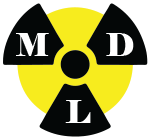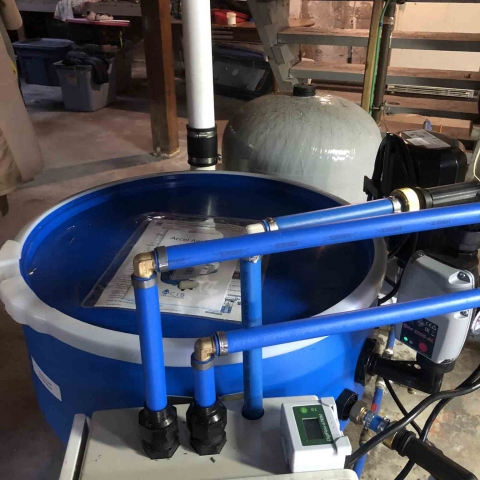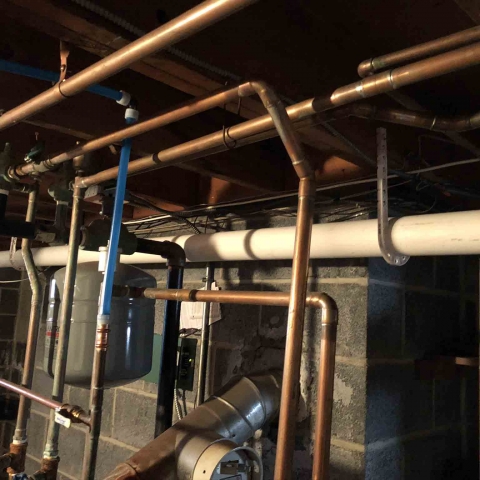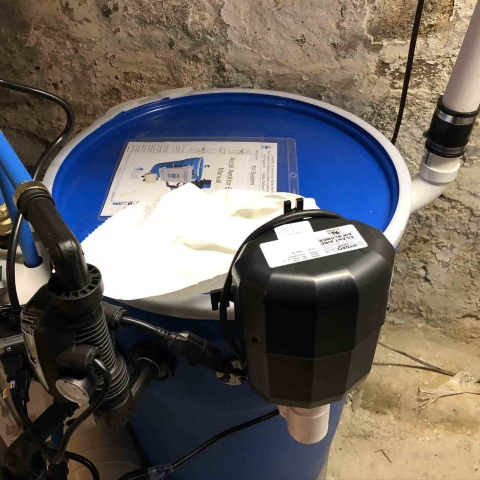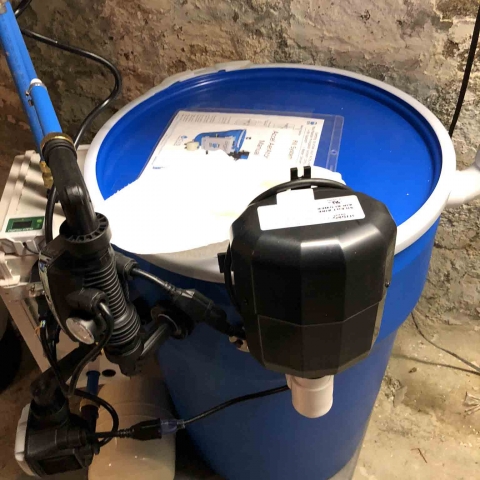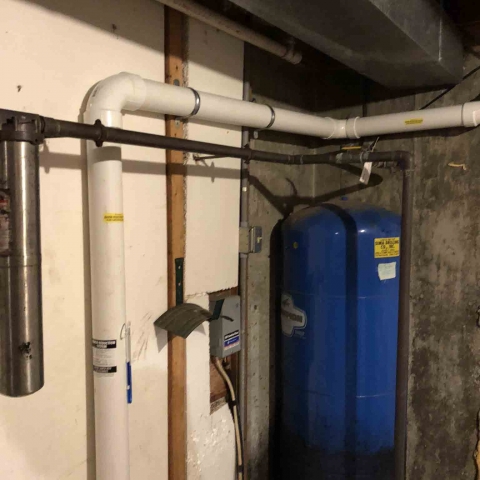Water Mitigation Process
After professional testing we conduct a site visit to assess your home and then provide an exact quote for service.
Water Mitigation Methods
There are two options/systems available for water mitigation: GAC and Aeration Systems.
Granular Activated Carbon (GAC)
Granular activated carbon tanks are acceptable for those with lower levels of radon. This filters water through carbon tanks which trap radon before it gets to your faucet. These tanks are less expensive though a second back up tank is generally required to make sure there is no leakage. GAC systems tend to cost less initially than aeration systems, but are more expensive over time. GAC tanks must be replaced yearly to be effective. Radioactivity collects on the filter, which may cause a handling hazard and require special disposal methods for the filter.
Aeration Systems
This method aerates water within a tank to remove dissolved gases. Aeration forces air bubbles through the water to strip the radon particles and these particles are vented to the outside. This method also removes odors from the water. While more expensive initially than the GAC system, Aeration Systems are over 99% effective and only require a yearly cleaning, hence it is a lower cost solution over the long term
